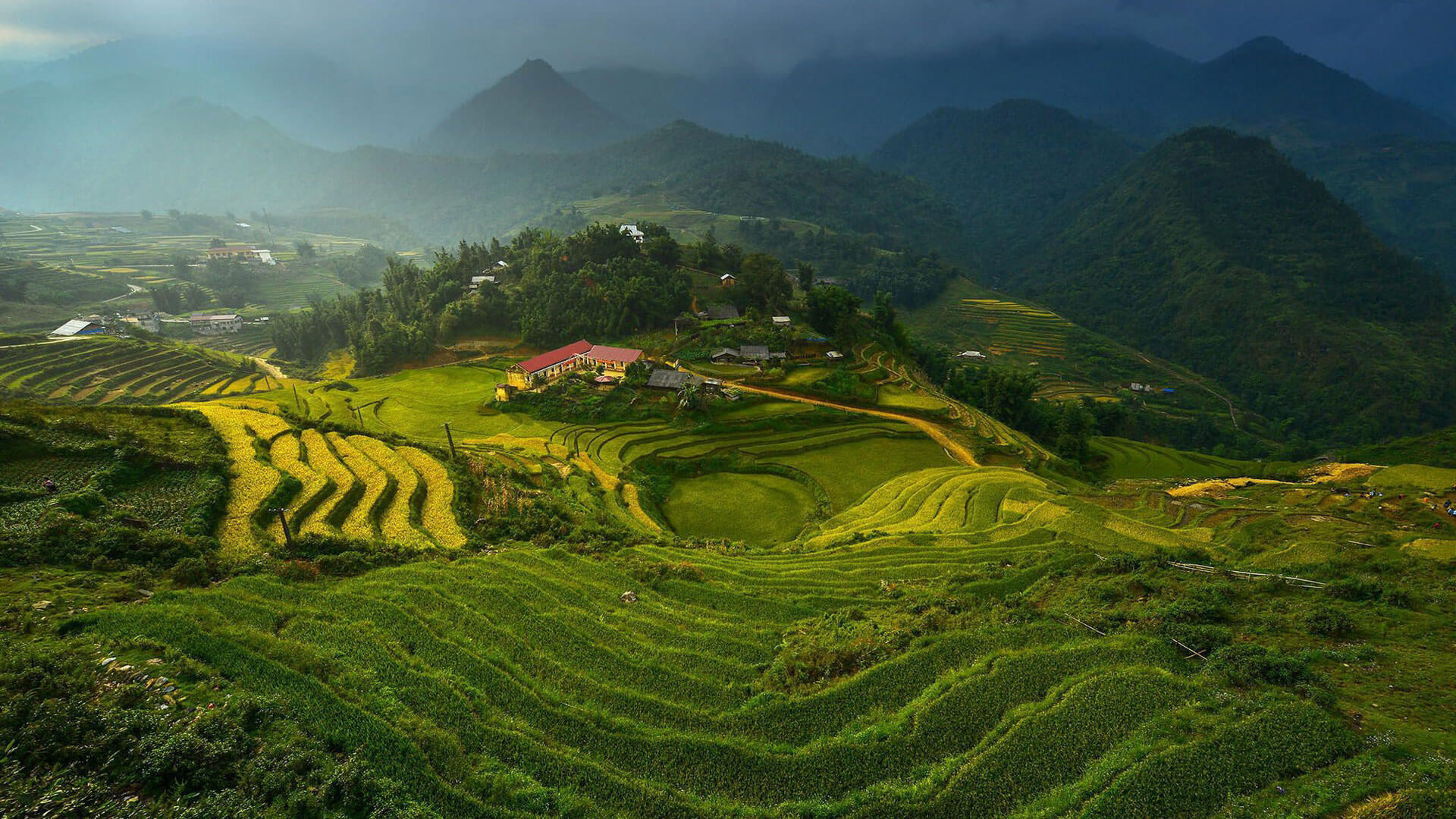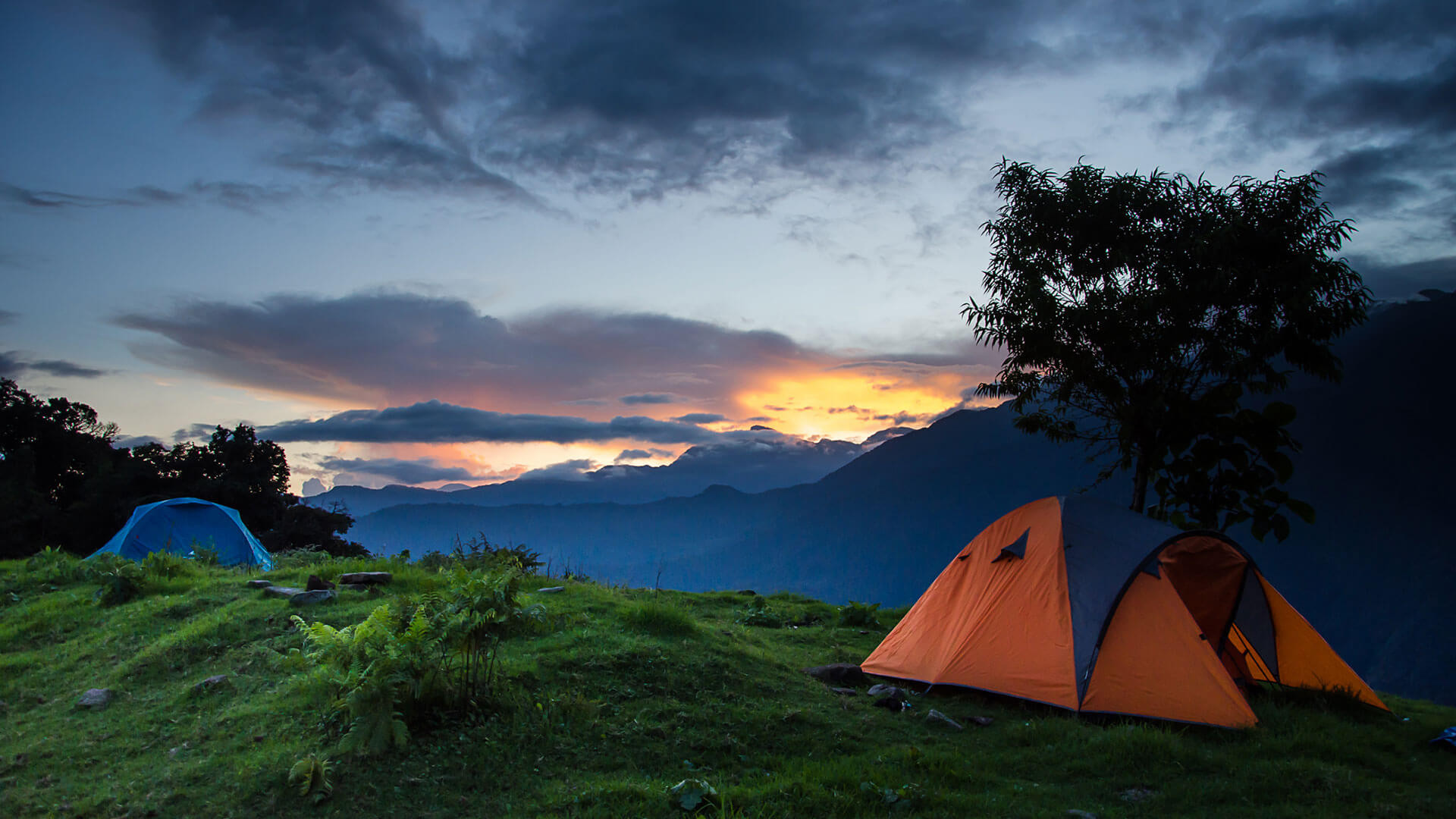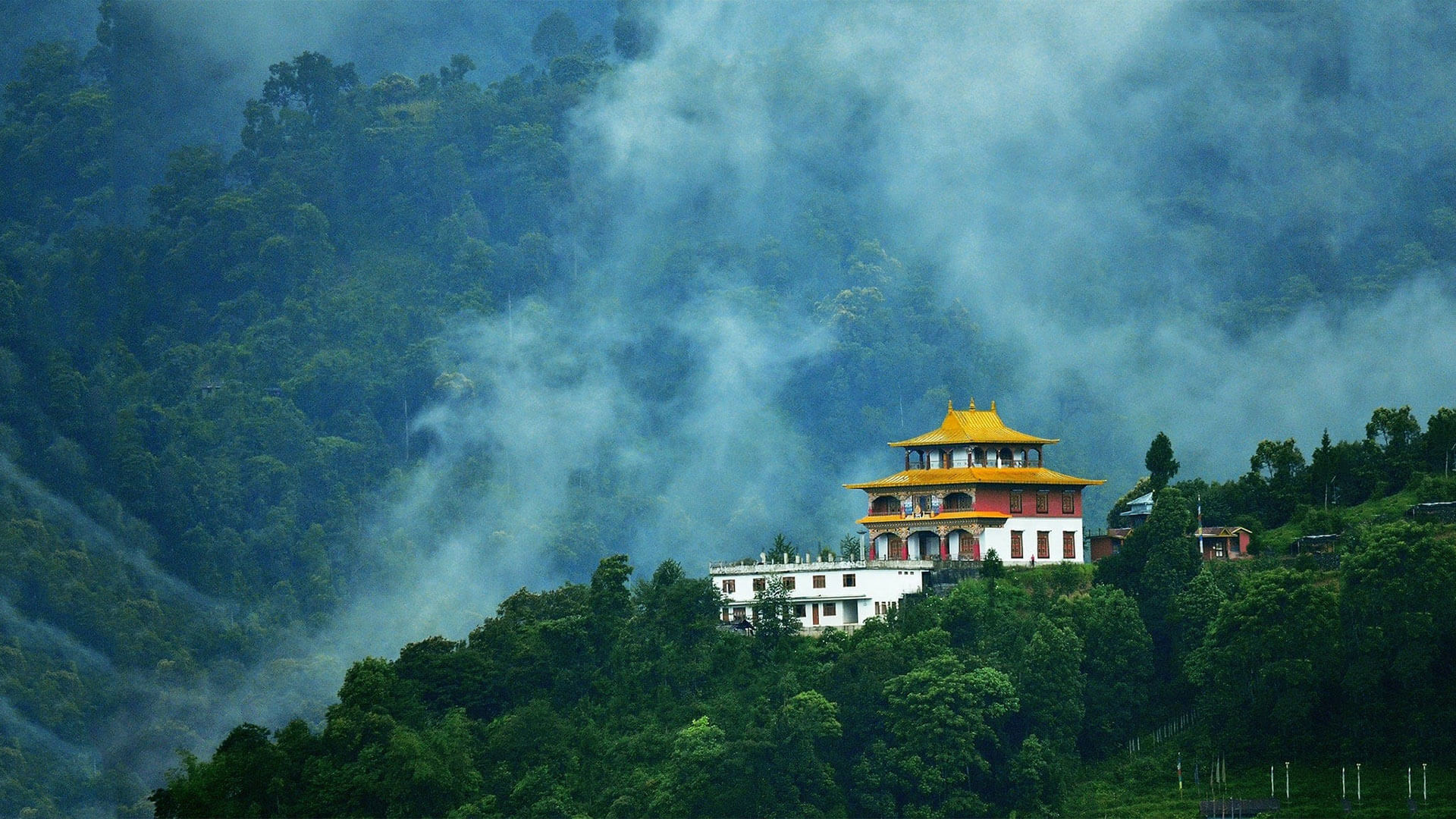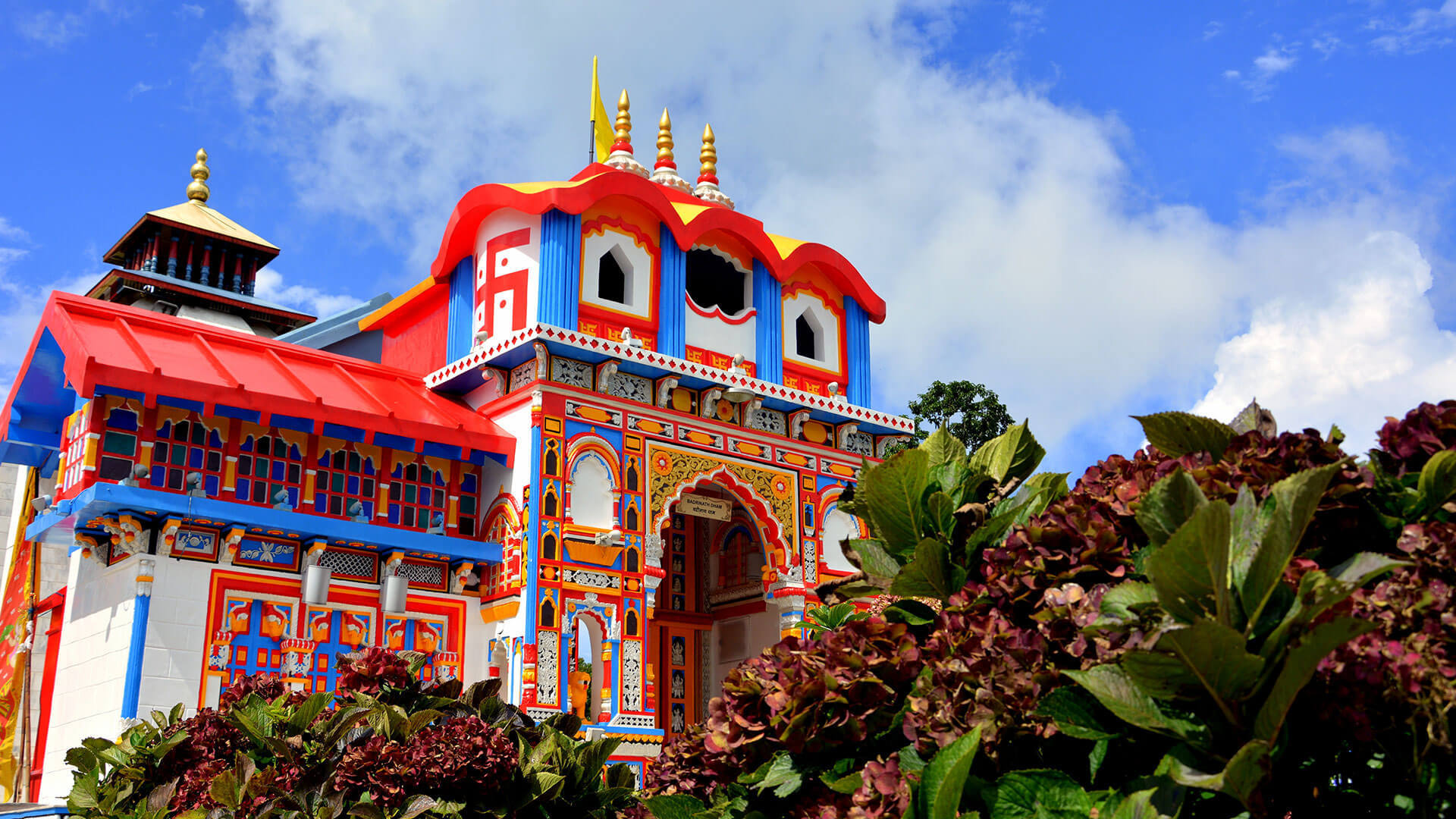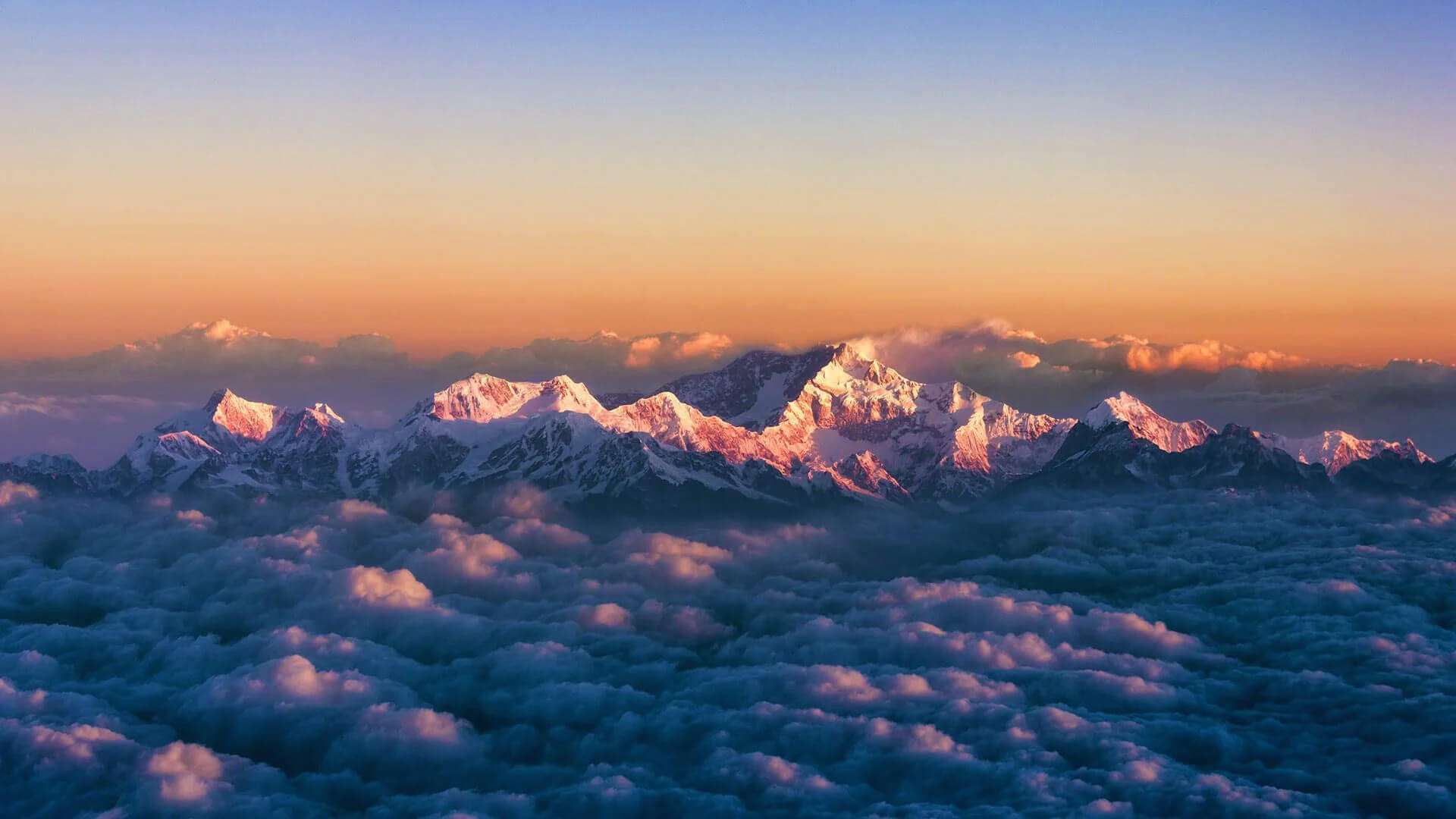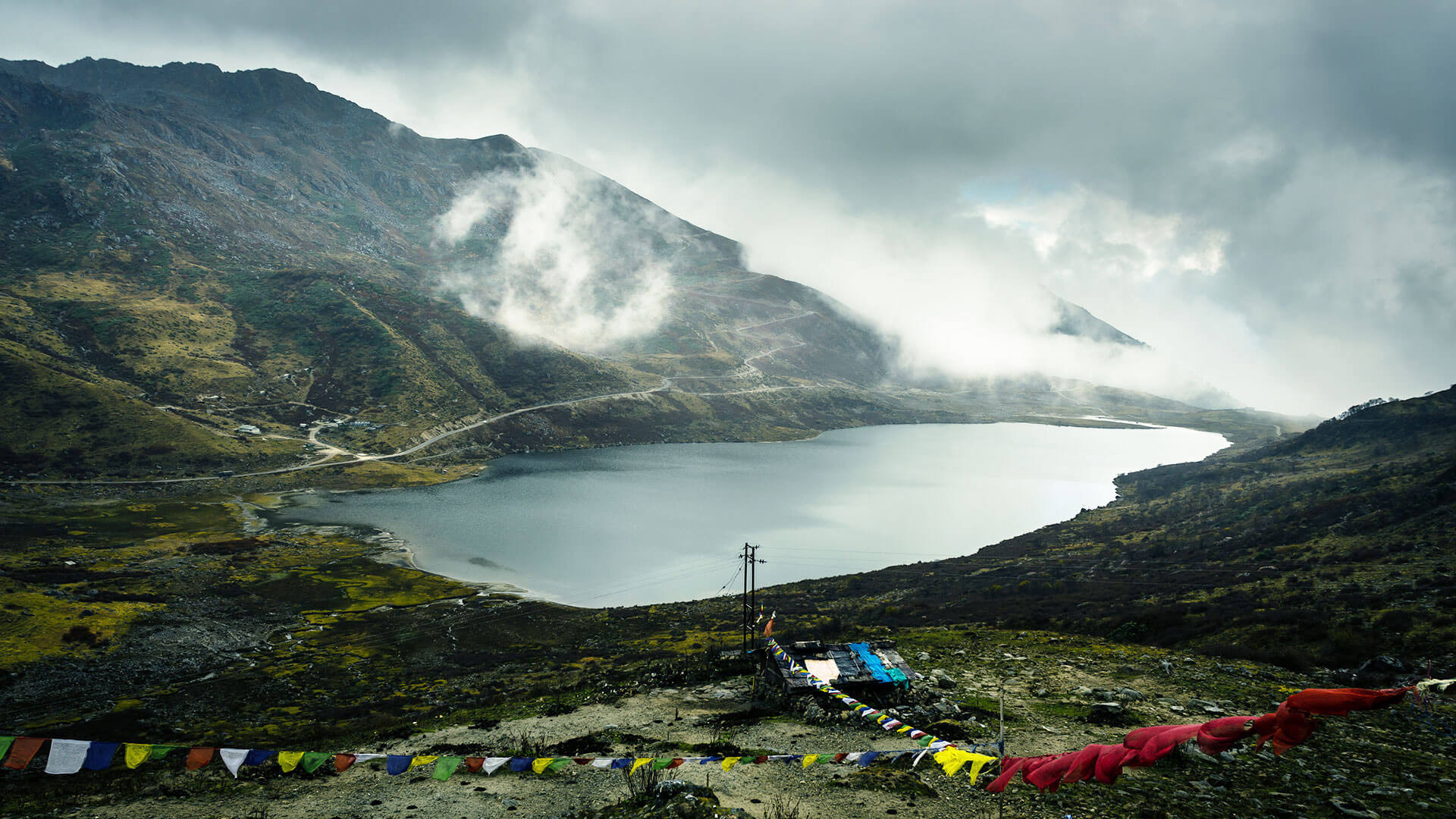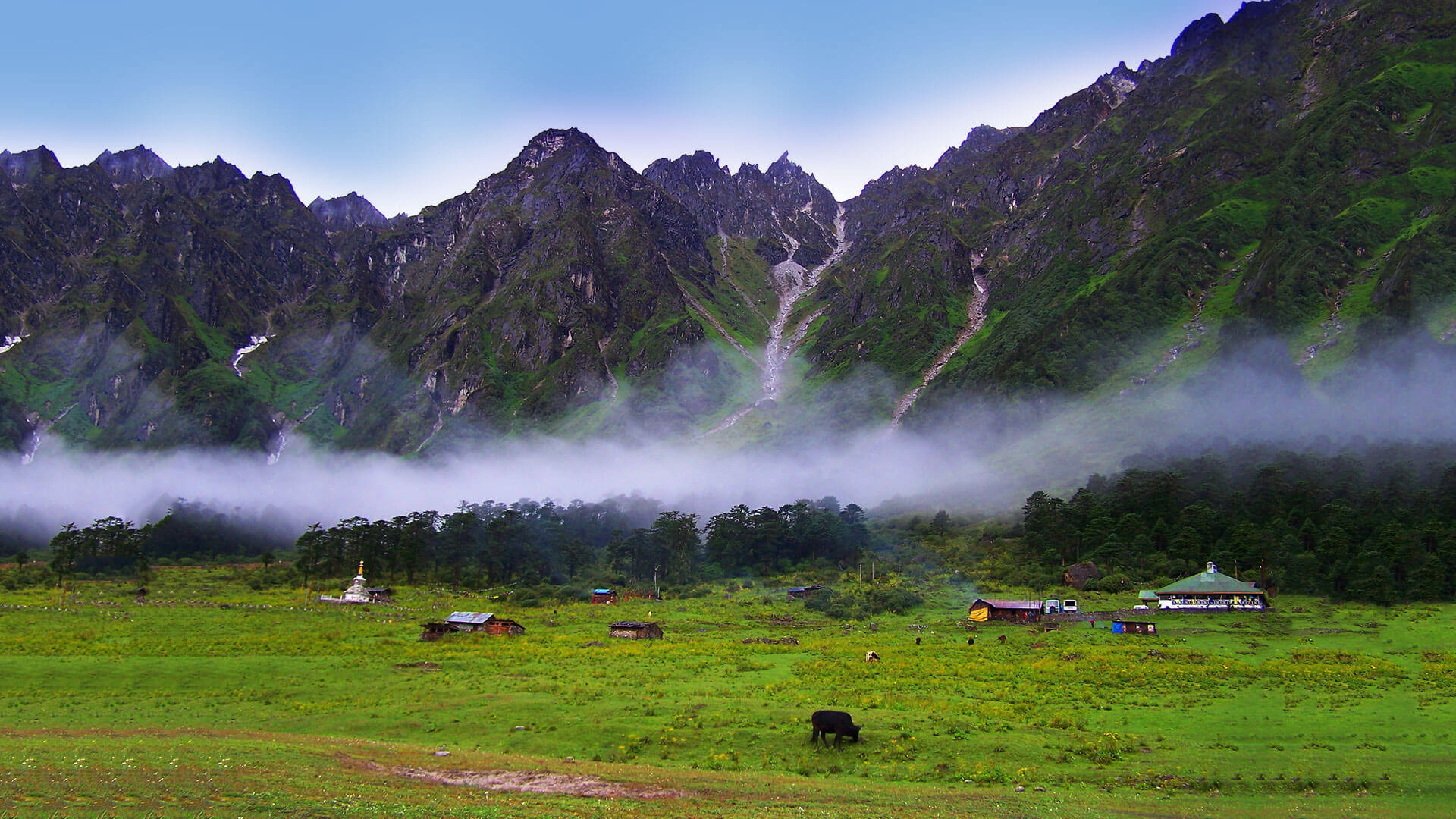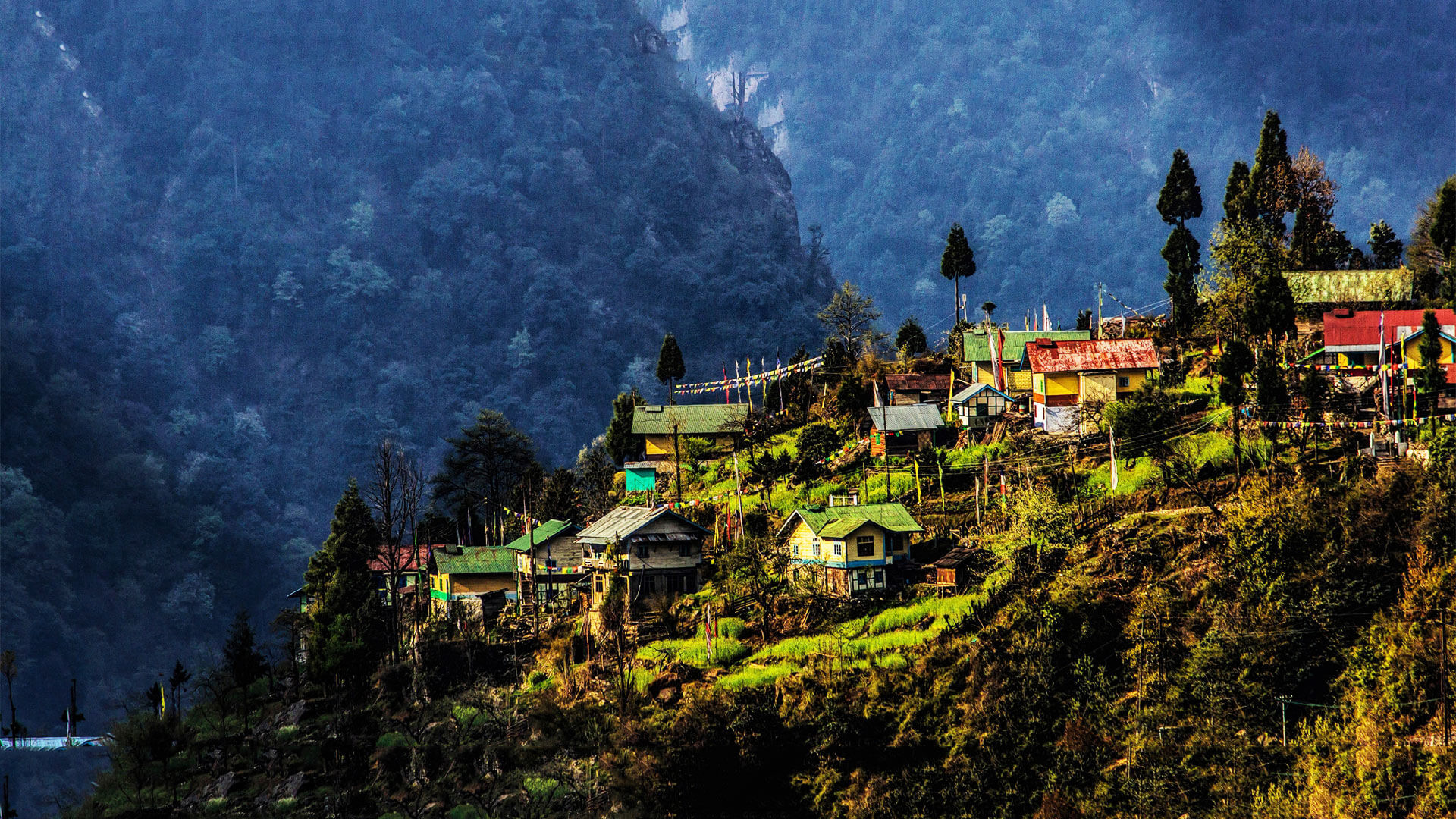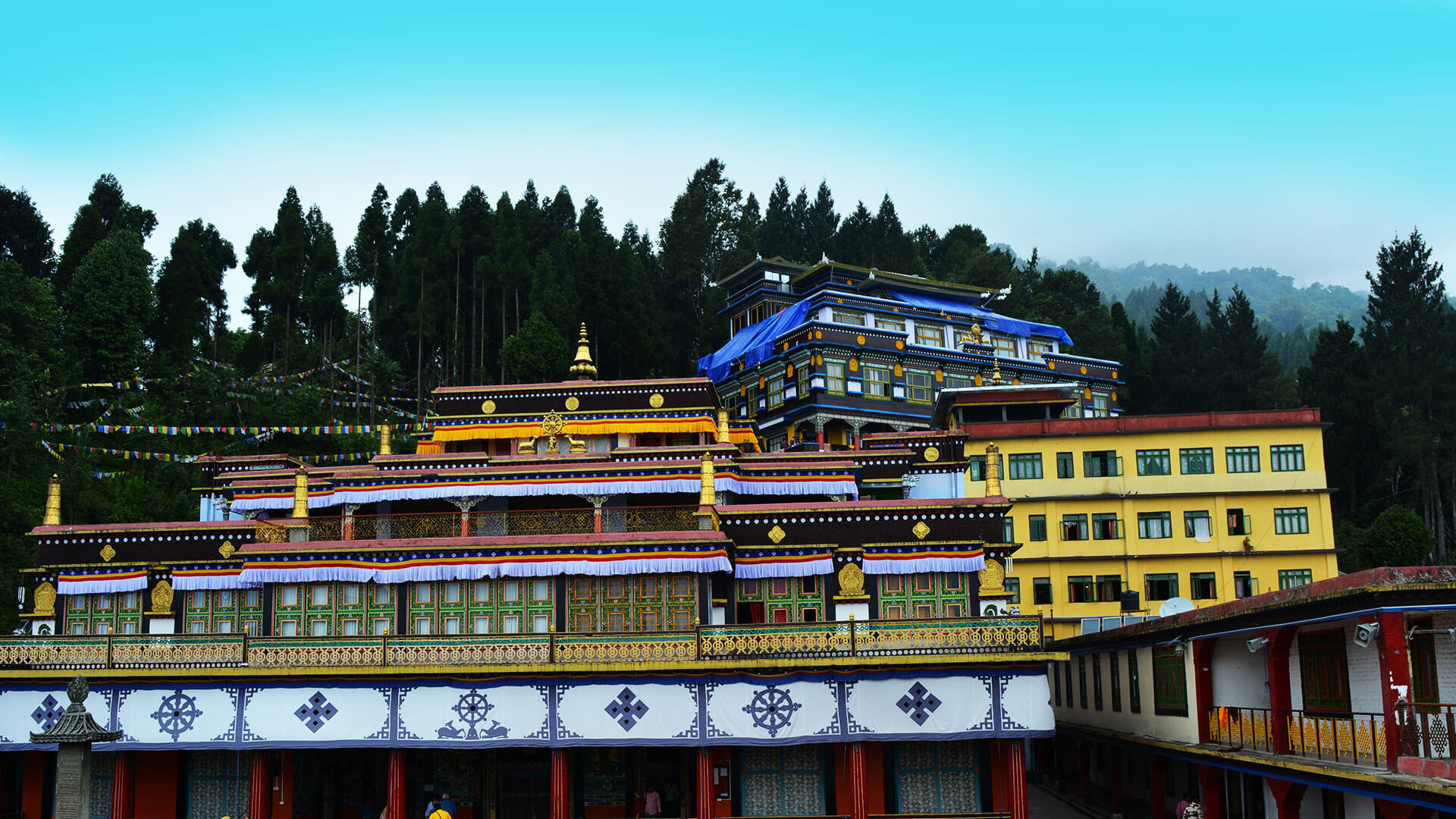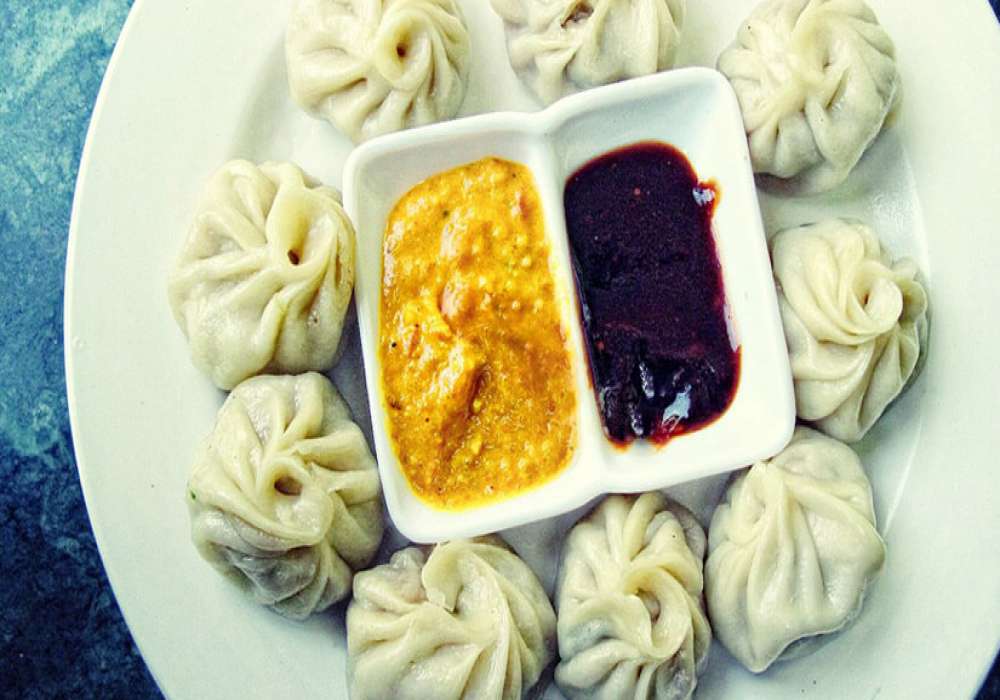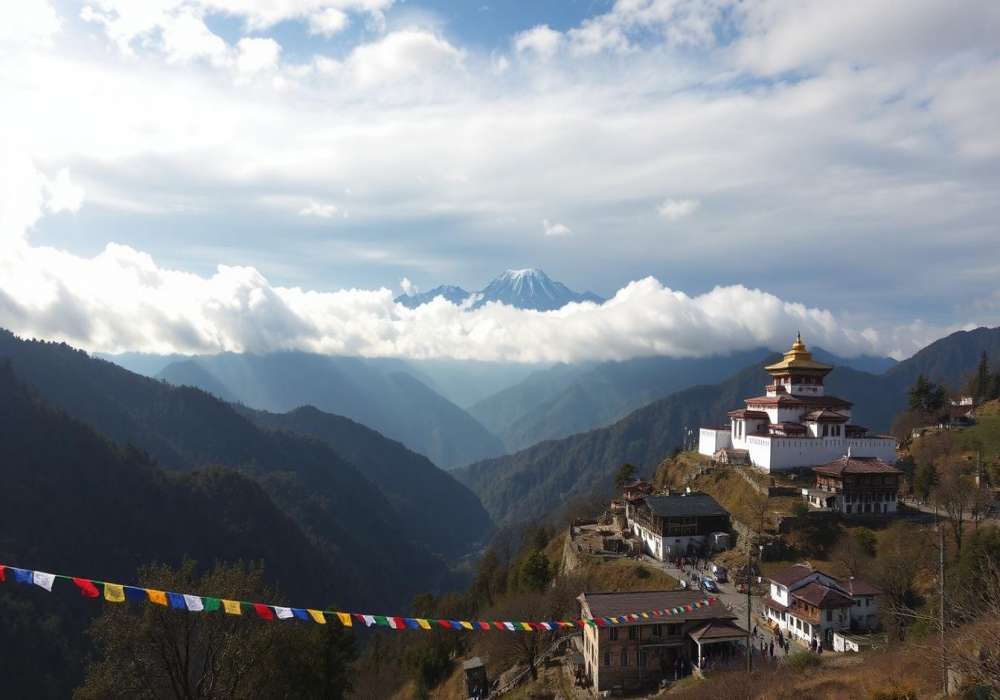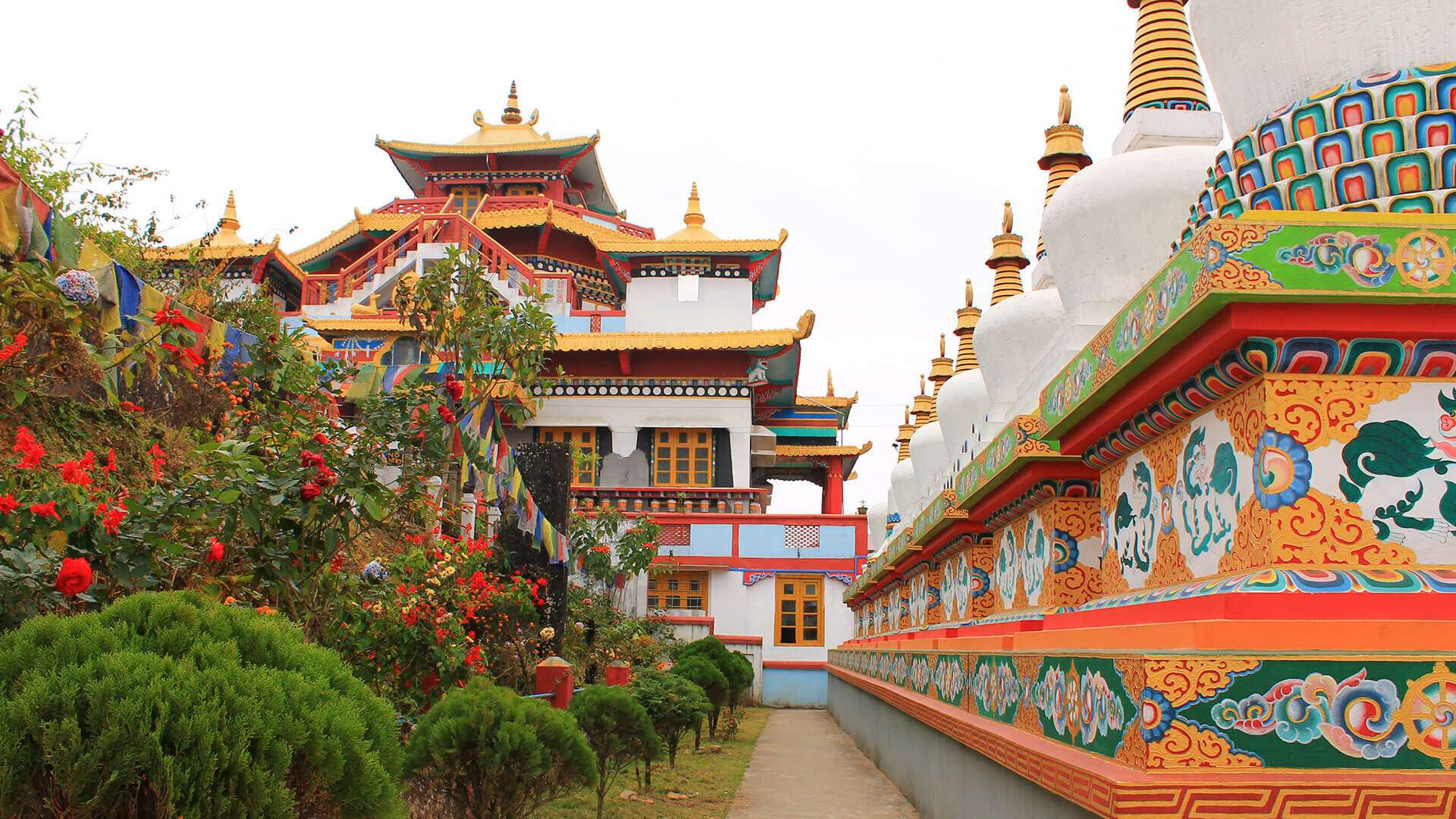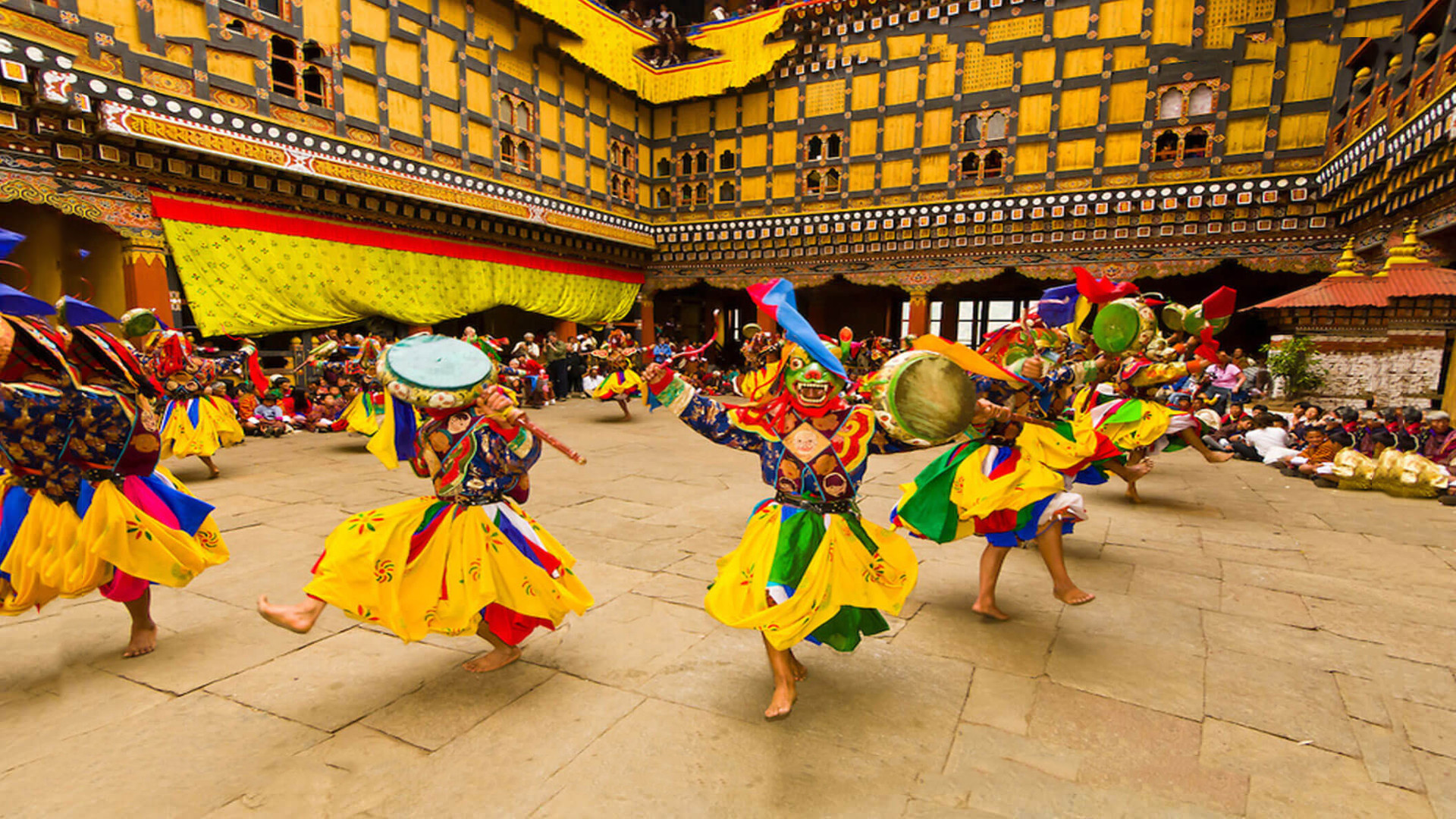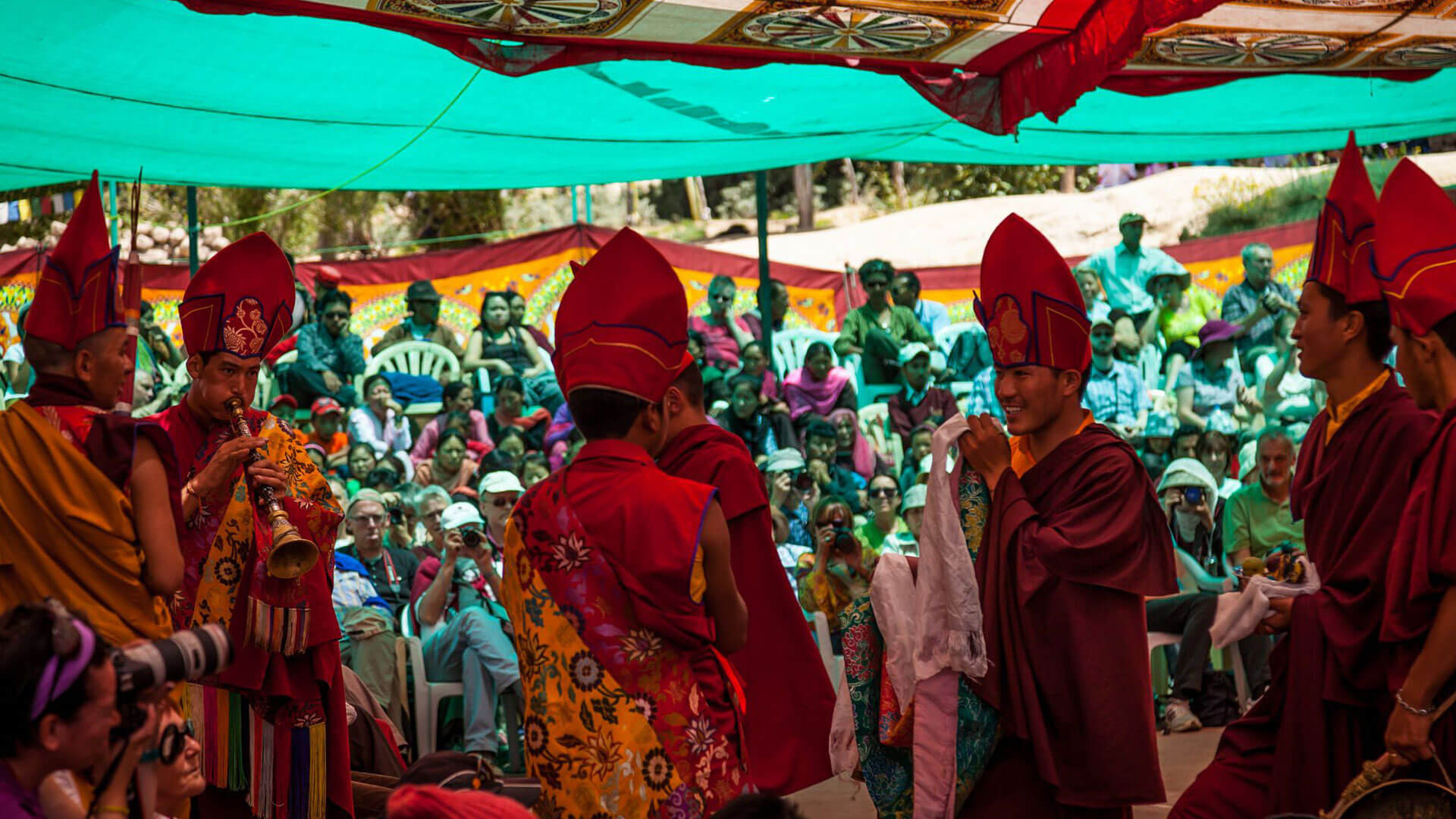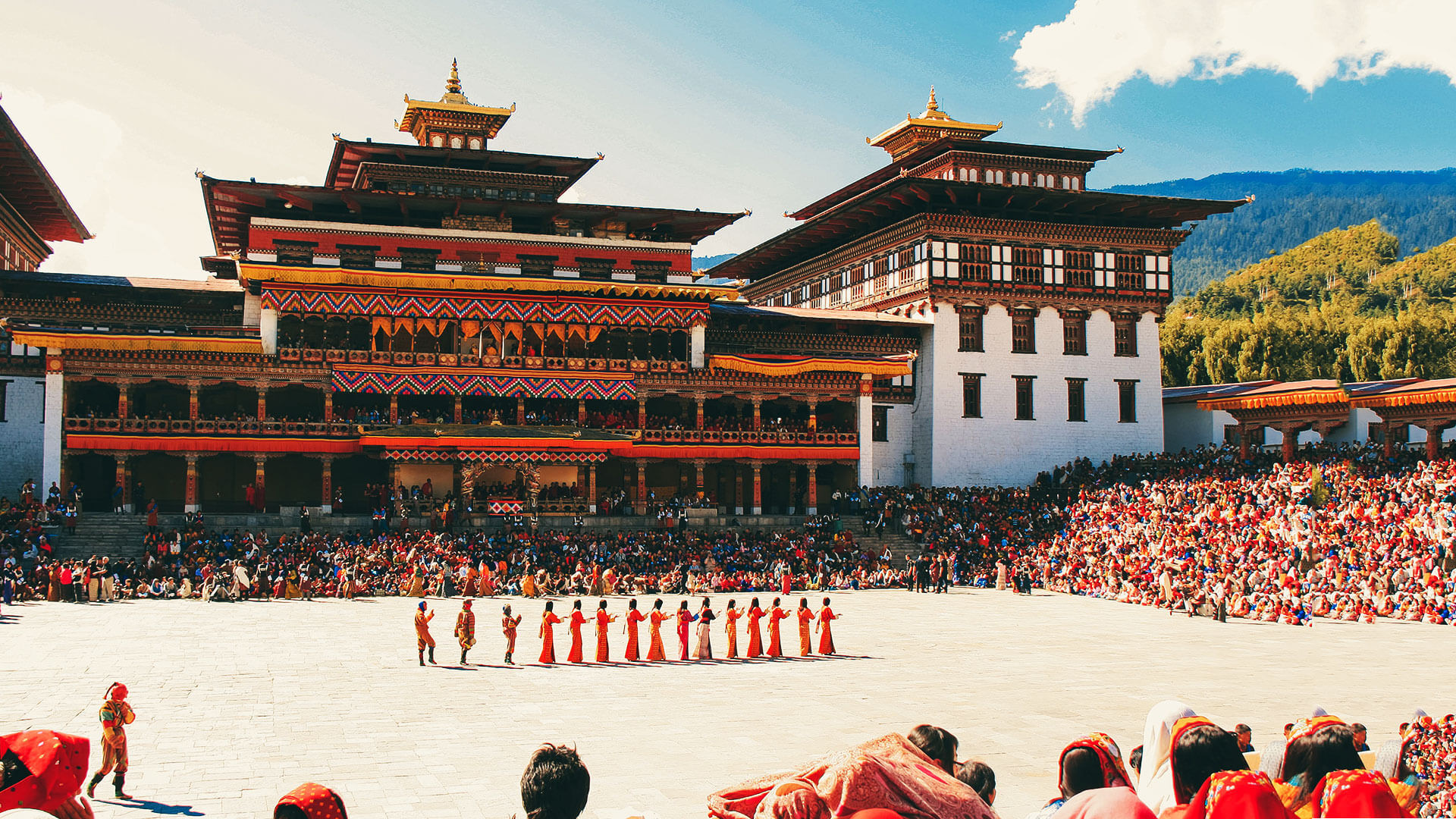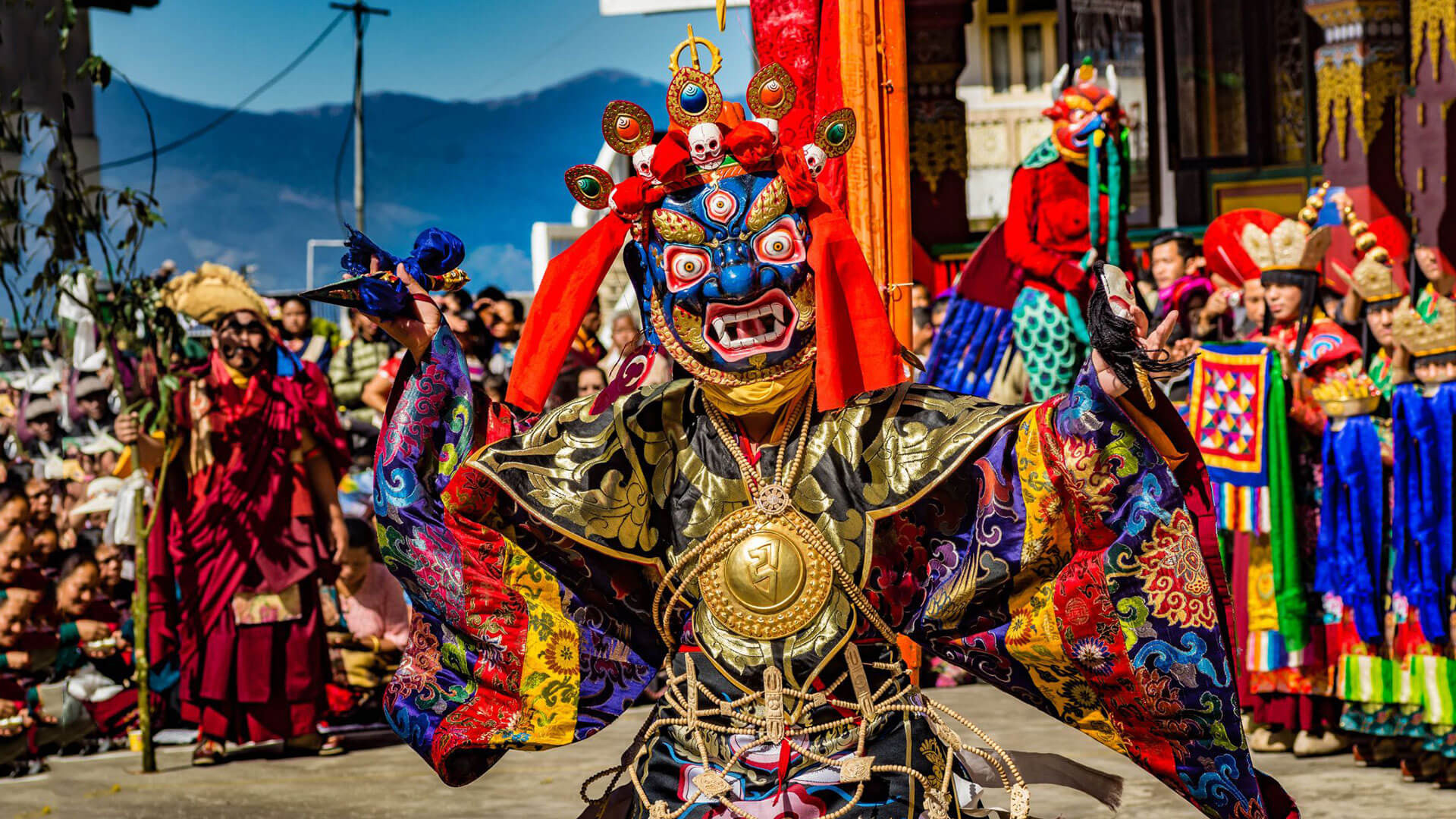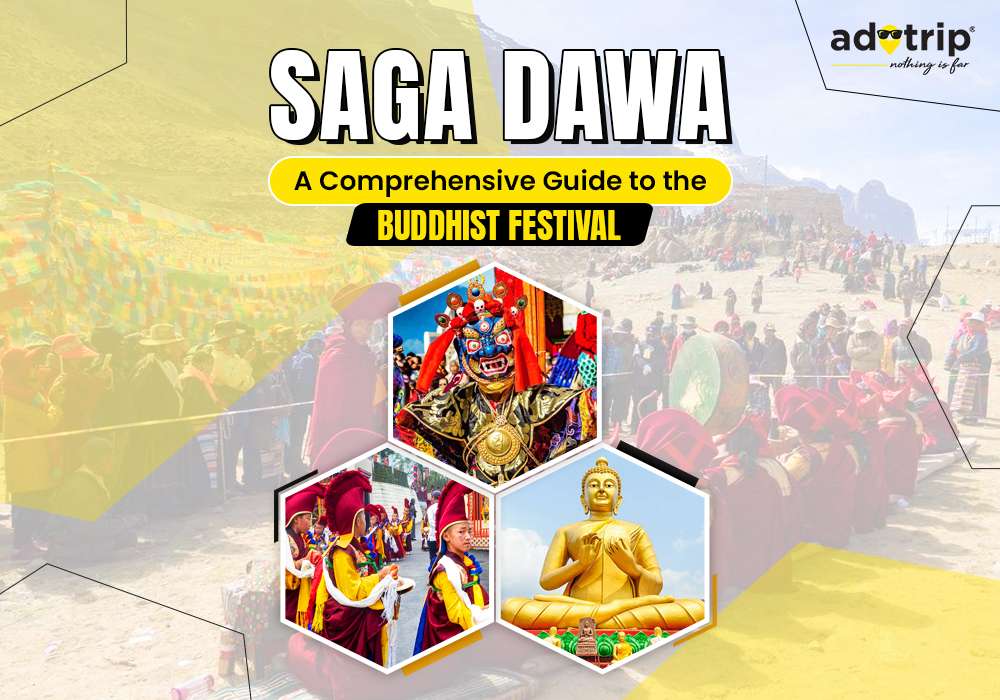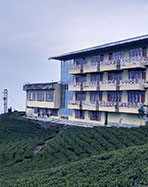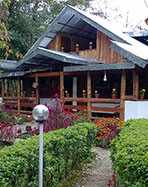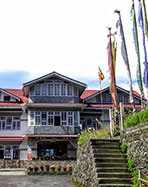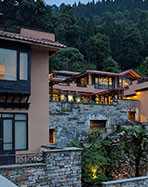Sikkim Tour Packages 2025
Cities in Sikkim
Best Destinations in Sikkim
Why Sikkim is Known as The Land of Orchids?
Sikkim is a small state in the northeast of India. But it’s full of wonders. One of its most beautiful features? Yes, it's Orchids. Sikkim is called the “Land of Orchids” because it grows over 500 types of them. These bright and colourful flowers bloom in forests, gardens, and hillsides almost everywhere you go.
The state is clean, green, and peaceful. Snowy mountains, clear lakes, waterfalls, and green meadows make it look like a dream. The famous Kanchenjunga, the world’s third-highest mountain, also stands here. The culture of Sikkim is rich and full of colour. It borders Bhutan, Nepal, and Tibet, so you’ll find a mix of food, festivals, and traditions. People from different backgrounds live here in harmony.
Sikkim is also a spiritual place. Old Buddhist monasteries like Rumtek and Pemayangtse are quiet, peaceful, and full of history. Prayer flags flutter in the wind. The sound of chants fills the air. It feels calming to just be there. The best time to visit is between March and November. That’s when the orchids bloom and the sky is clear for beautiful views of the Himalayas.
If you're dreaming of fresh air, mountain views, flowers, and peaceful places, Sikkim tourism has it all. There are many Sikkim tour packages to help you explore this special place.
Come for the orchids. Stay for peace. That’s the charm of Sikkim.
General Information About Sikkim
- Area: 7,096 sq. km
- Districts: 6
- Sub-divisions: 16
- Total Forest Cover: 47.34%
- State Animal: Red Panda
- State Bird: Blood Pheasant
- State Flower: Dendrobium Nobile (Nobile Orchid)
- State Tree: Rhododendron Niveum
- Population (as per latest data): 6,10,577
- Population Density: 86 persons per sq. km
- Literacy Rate: 81.4%
This data gives a snapshot of Sikkim’s ecological richness, administrative layout, and demographic details.
The Role of Orchids in Sikkim’s Economy and Culture
Sikkim is called the "Orchid State" of India. Orchids are very important to the people and the economy here.
Many farmers grow orchids. They sell them in India and also to other countries. Orchid farming gives them good money. It has become a big part of Sikkim’s agriculture and tourism.
Orchids are not just for business. They are part of Sikkim’s culture too. People use them in religious ceremonies, festivals, and weddings. The Lepcha, Bhutia, and Nepalese communities have used orchids in their traditions for years.
Orchids also appear in local art, crafts, and clothes. People in Sikkim are proud of these flowers.
Every year, the state hosts the Sikkim Orchid Show. Farmers show their best orchids. Tourists from many places come to see this event. It shows how much Sikkim loves and values its orchids.
Historical Significance of Sikkim
Sikkim’s history is a fascinating tale of monarchy, conflict, and eventual integration into India. Beginning in the 17th century, the region was ruled by the Chogyals of the Namgyal Dynasty for nearly 333 years. The first Tibetan Lama ruler, Penchu Namgyal, ascended the throne in 1642. Over the years, Sikkim faced multiple conflicts with Nepal, Bhutan, and Tibet, emerging victorious but at the cost of losing parts of its territory. In 1814, Sikkim allied with the East India Company, reclaiming its lands and acquiring Darjeeling. Later, the Calcutta Convention of 1890, signed by Viceroy Lord Lansdowne and Qing China’s Imperial Associate, established the boundary between Sikkim and Tibet.
After India gained independence, relations between New Delhi and Gangtok were reshaped through the 1950 treaty, making Sikkim a protectorate. However, internal unrest, economic inequality, and feudal struggles led to growing dissatisfaction among its people. In response, the Chogyal introduced a new constitution in 1953 and held multiple elections, but political instability persisted. Seeking closer ties with India, Sikkim was granted associate state status in 1974 through the 35th Constitutional Amendment. However, this temporary arrangement did not last long.
In 1975, a historic referendum was held, where 59,637 people voted in favor of joining India, while only 1,496 opposed it. This led to the 36th Constitutional Amendment, officially making Sikkim the 22nd state of India. Today, Sikkim stands as a proud symbol of cultural richness and resilience, embracing its past while thriving as an integral part of the nation.
Read More : Things To Do In Sikkim
Climate in Sikkim
Sikkim experiences a diverse climate due to its varying altitudes, ranging from subtropical in the lower valleys to alpine in the high mountains. Summers (March to June) are pleasant and mild, while monsoons (July to September) bring heavy rainfall and lush greenery. Winters (November to February) are cold, with snowfall in higher regions. The best time to visit is March to November, when the weather is most favourable, offering blooming landscapes, clear skies, and breathtaking Himalayan views.
Culture of Sikkim
Sikkim is a true reflection of diversity, unity, and peaceful living. The culture of Sikkim has been shaped by a mix of tribes, communities, languages, and religions. This beautiful blend makes the state unique and welcoming.
In towns and cities, many people from the plains work in government jobs and businesses. But the heart of Sikkim's culture lies with its native groups — the Lepchas, Bhutias, and Nepalese.
The Lepchas are believed to be the original people of Sikkim. The Bhutias have roots in Tibet and brought along rich traditions of Tibetan Buddhism. The Nepalese, who migrated long ago, now make up nearly 80% of the population. Most of them follow Hinduism, while groups like the Tamangs and Sherpas follow Buddhism.
The culture of Sikkim is closely linked to its monasteries and peaceful way of life. Monks in maroon robes, fluttering prayer flags, and ringing bells are a common sight. One of the most sacred places is the Tashiding Monastery in West Sikkim, known for its spiritual importance.
With time, other religions like Christianity have also become part of the cultural mix. People here follow different beliefs but live together with love and respect.
The state celebrates many colourful festivals, most of which reflect deep spiritual meaning. The Bhumchu Festival is one of the most important. It takes place at Tashiding Monastery and stands for peace, prosperity, and good fortune.
Sikkim also respects and promotes its local languages. Lepcha, Sikkimese, and Nepali are widely spoken and officially recognised. This diversity of voices only adds to the charm of the culture of Sikkim.
Today, this rich cultural heritage, combined with spiritual harmony and vibrant festivals, plays a big part in boosting Sikkim tourism. Visitors come not just for the natural beauty, but also to experience the warmth, tradition, and unity of this small yet culturally rich state.
Famous Food of Sikkim
Sikkim has tasty and warm food. Most dishes are made with simple, fresh ingredients. The food is a mix of Nepali, Tibetan, and local flavours.
- Momos – Soft dumplings filled with veggies or meat. Steamed or fried. Very popular snack.
- Thukpa – A hot noodle soup with vegetables or meat. Perfect for cold weather.
- Phagshapa – Pork cooked with dried chillies and radish. A spicy and sour dish.
- Sel Roti – A sweet rice bread. Crispy on the outside, soft inside.
- Gundruk – Fermented leafy greens. Often made into soup or curry.
- Kinema – Fermented soybeans cooked with spices. Eaten with rice.
- Sha Phaley – Fried bread stuffed with meat and cabbage. Crispy and filling.
Sikkim food is simple, healthy, and full of flavour. You must try it during your visit!
Best Tourist Destinations in Sikkim
Gangtok: The vibrant capital with stunning Himalayan views
Tsomgo Lake: A mesmerising glacial lake surrounded by mountains
Lachung & Lachen: Picturesque mountain villages with pristine beauty
Pelling: Home to panoramic views of Mt. Kanchenjunga
Nathula Pass: A historic mountain pass connecting India and Tibet
Yumthang Valley: The breathtaking "Valley of Flowers"
Ravangla: Known for Buddha Park and serene monasteries
Zuluk: A hidden gem along the Silk Route
Gurudongmar Lake: A sacred high-altitude lake
Namchi: Famous for the Char Dham pilgrimage site
Romantic Destinations in Sikkim
- Tsomgo Lake: A dreamy lake perfect for couples
- Lachung: Cozy stays amidst snowy landscapes
- Namchi: Peaceful retreat with breathtaking views
- Yumthang Valley: Romantic walks among colourful flowers
- Ravangla: Serene environment with spiritual vibes
- Pelling: Tranquil views and stunning sunsets
- Temi Tea Garden: Lush green plantations for romantic strolls
- Zuluk: Offbeat destination for adventurous couples
- Borong: A hidden paradise with hot springs
- Kanchenjunga Falls: A perfect backdrop for couples’ photos
Why Visit Sikkim?
Sikkim is a small paradise in northeast India. It’s full of beauty, peace, and adventure. Snowy mountains, green valleys, and calm lakes make it perfect for nature lovers. The mighty Kanchenjunga watches over the land like a proud guardian.
Love the outdoors? Visit stunning spots like Yumthang Valley, Tsomgo Lake, and Gurudongmar Lake. You can trek through mountain trails, go river rafting, or try paragliding for a thrill.
The culture of Sikkim is colourful and welcoming. The Lepchas, Bhutias, and Nepalese bring their own festivals, food, and stories. Events like Bhumchu and Losar fill the air with music and joy.
If you're planning a romantic trip, try a Sikkim honeymoon package. If you're looking to explore, there are many beautiful tourist places in Sikkim waiting for you.
Sikkim is clean, peaceful, and perfect for all kinds of travellers. Whether you're looking for fun, love, or peace, Sikkim travel will leave you with memories for life.
Visit once, and you’ll always want to return.
Read more : Places To Visit In Sikkim
Free Things to Do in Sikkim
- Explore MG Marg (Gangtok): Enjoy a leisurely stroll in this lively, vehicle-free zone.
- Admire Tsomgo Lake: Witness the stunning glacial lake surrounded by mountains.
- Visit Rumtek Monastery: Experience peace and spirituality at this famous monastery.
- Hike to Tashi Viewpoint: Enjoy breathtaking sunrise and panoramic Himalayan views.
- Walk through Temi Tea Garden: Breathe in the refreshing aroma of lush tea plantations.
- Visit Buddha Park (Ravangla): Marvel at the giant Buddha statue amidst serene landscapes.
- Explore local villages: Interact with friendly locals and experience Sikkim’s rich culture.
- Experience the charm of the Old Silk Route (Zuluk): Witness mesmerizing landscapes and winding roads.
- Attend a monastery prayer session: Immerse in the soothing chants at various monasteries.
- Visit the vibrant Lal Bazaar (Gangtok): Explore local markets filled with Sikkimese culture.
How to Reach Sikkim?
Here’s how you can reach Sikkim:
By Air
The nearest airport is Bagdogra Airport; therefore, you can fly to Sikkim through this airport. It is also important to note that Bagdogra Airport is approximately 125 kilometres from Sikkim. One can hire a taxi or take a shared cab from the airport to Gangtok, the capital city of Sikkim. The distance between Bagdogra and Gangtok is about 124 km, which takes around 4 to 5 hours to cover.
By Road
Sikkim has a good road network and is accessible by all the four approaches. You can opt for a bus or a taxi from the nearby cities of Siliguri or Darjeeling, etc. The roads are good, and the view during the journey is very attractive due to the mountains. NH 10 runs from Siliguri to Gangtok, which makes this route preferred by most travellers.
By Train
The railhead nearest to Sikkim is New Jalpaiguri (NJP), which is approximately 120 km away from Gangtok. From New Jalpaiguri, one can hire a taxi or take a bus to Sikkim or any other part of North Eastern India. The distance from Siliguri to New Jalpaiguri is quite comfortable, and there are many trains from all over India.
Conclusion
Sikkim is full of natural beauty, culture, and warmth. Its peaceful monasteries, lively festivals, and tasty local food make every visit special. The mountains, lakes, and valleys are perfect for photos and memories. Different communities live here with love and share rich traditions.
Plan your trip with Adotrip today for seamless bookings, expert travel assistance, and exclusive tour packages—all in one place!
With Adotrip, nothing is far!
Frequently Asked Questions
Q.Q. Why is Sikkim famous?
A. Sikkim is famous for its stunning landscapes, beautiful mountains, and rich culture. It has many famous monasteries, scenic trekking routes, and unique festivals. The state is also known for its warm and friendly people.
Q. What is the best time to visit Sikkim?
A. The best time to visit Sikkim is from March to June and September to December. The weather is pleasant during these months, and you can enjoy beautiful views and outdoor activities.
Q.Was Sikkim part of Nepal?
A. Yes, Sikkim was once part of Nepal. It became a separate kingdom in the 17th century and later joined India in 1975.
Q. What is the religion of Sikkim?
A. Sikkim's main religion is Buddhism, but many people also follow Hinduism. The state has many beautiful monasteries and temples.
Q. What is the famous food of Sikkim?
A. The famous food of Sikkim includes momos (dumplings), thukpa (noodle soup), and gundruk (fermented leafy greens). These dishes are very popular and loved by both locals and visitors.
Q.How to Go to Sikkim by Train?
A. Sikkim doesn’t have its own railway station. The nearest major station is New Jalpaiguri (NJP) in West Bengal. From NJP, you can take a taxi or bus to Gangtok, which is around 120 km and takes about 4–5 hours.
Q.How Many Days for a Sikkim Trip?
A 5 to 7-day trip is ideal to explore the top places in Sikkim like Gangtok, Tsomgo Lake, Lachung, Yumthang Valley, and Pelling.

